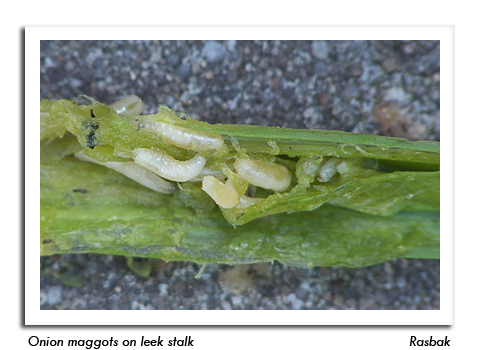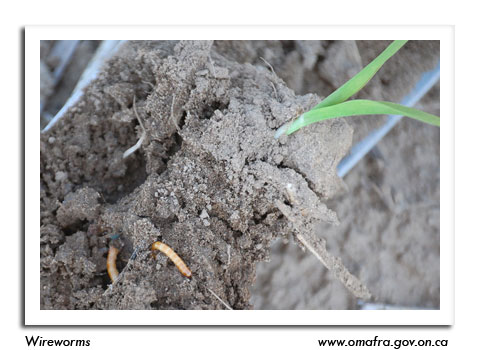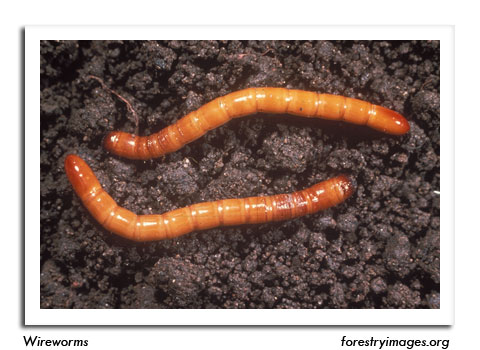
 |
|
|
Vegetables
Volume 64 Number 3 Date 05/16/2019 SEEDCORN MAGGOT - First-generation fly emergence has peaked throughout the southern two-thirds of the state. Emergence should peak next week in areas north of Wausau, where 360 degree days (sine base 39°F) will be surpassed. A key cultural control for SCM is to plant during "fly-free" pupal stage between generations, around 846 degree days. Beloit should reach the fly-free window by May 26, while flies in the Hancock area should begin pupating by June 2. LATE BLIGHT - Potato growers are reminded that Wisconsin Administrative Code (ATCP 21.15(2)) requires potato cull piles to be fed, disked in, or otherwise removed by May 20 to prevent late blight from developing on volunteer plants. This disease was significantly less prevalent last season than in 2017. Three counties--Adams, Marquette and Waushara--had confirmed cases in 2018 compared to 13 counties the year before. ONION MAGGOT - Flies of the first and most damaging generation will likely begin emerging next week in southern Wisconsin. Preventive measures, including crop rotation and removal of onion cull piles, are particularly important for minimizing risk of infestation. Granular furrow treatments offer good control, provided the rate is correct and the insecticide is properly applied in the furrow at seeding. Chemical control may be appropriate if maggot damage to the last season's crop exceeded 5-10%. For home gardeners, rotating this year's onion plantings as far as possible from last year's is suggested to reduce the threat of maggot damage. WIREWORM - The cool, wet soils prevalent this spring are favorable for wireworms, subterranean pests with a broad host range that includes beans, beets, cabbage, carrots, corn, lettuce, onion, peas, potatoes, radishes, sorghum, soybeans, as well as herbaceous ornamentals. Wireworm larvae feed on seeds and on the roots of plants, impairing germination and causing plants to wilt. One indicator of wireworm activity is dead spots scattered throughout a planting. In situations where wireworm feeding is suspected, growers should dig up several ungerminated seeds or wilted plants from affected areas to verify wireworm larvae as the causal pest. -- Krista Hamilton, DATCP Entomologist 




|
|
|